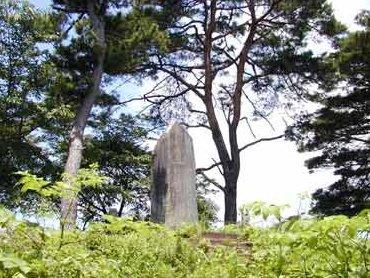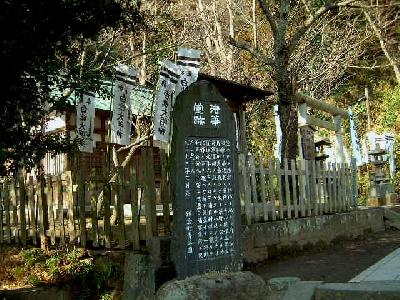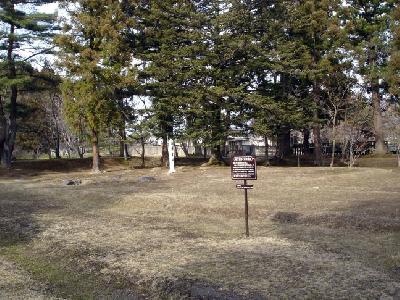The ruins of Kameyama castle (Tanpa-Kameyamajo) are located in Kameoka-shi, Kyoto Prefecture. The castle (also known as Kihoujo and Kasumijo) was founded by Akechi Mitsuhide, who was a general under the daimyo Oda Nobunaga, and who lived during the feudal Warring States period. All that remains of the castle today are some parts of the fan-shaped stone wall, the castle tower and the inner moat.
Tanpa-Kameyamajo was built in 1577 by Akechi Mitsuhide, then added to by the daimyo Toudou Takatora, during the Azuchi-Momoyama period. In 1610, he completed the front gate to the five-story main tower and an outer moat, after which the castle became known as the Kameyamajo.
In 1877, the Meiji government had the castle demolished. In 1919, the Japanese religious sect Oomoto-kyo bought the ruins and built the stone wall from the remaining stones of the ruined castle. This wall stands today.
The Kameyamajo is also notorious as the site of the Honnoji Incident. Akechi Mitsuhide, a general under Oda Nobunaga, left the castle to retaliate against Nobunaga at Honnoji, which led to the death of the great Nobunaga. It also resulted in Mitsuhide gaining power and taking over the reins of power in just three days. Indeed, these castle ruins make us ponder and daydream about the Warring States period.
















